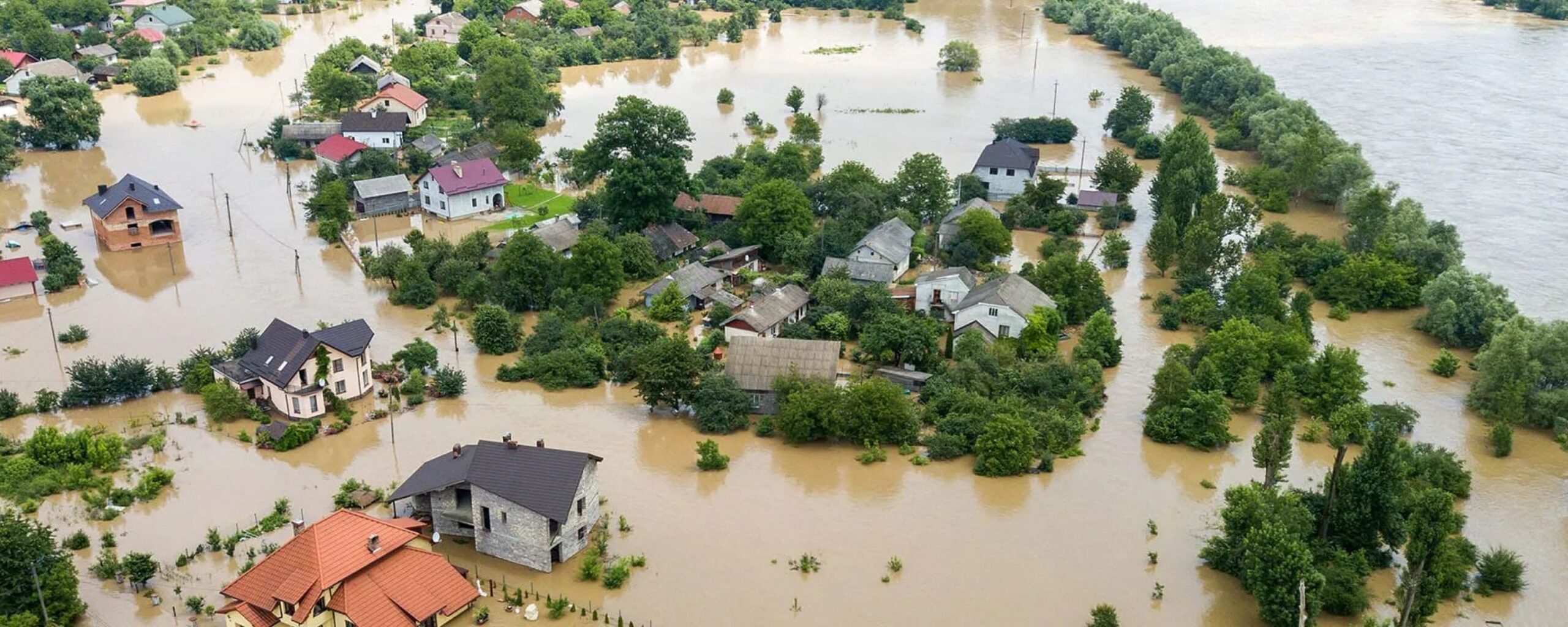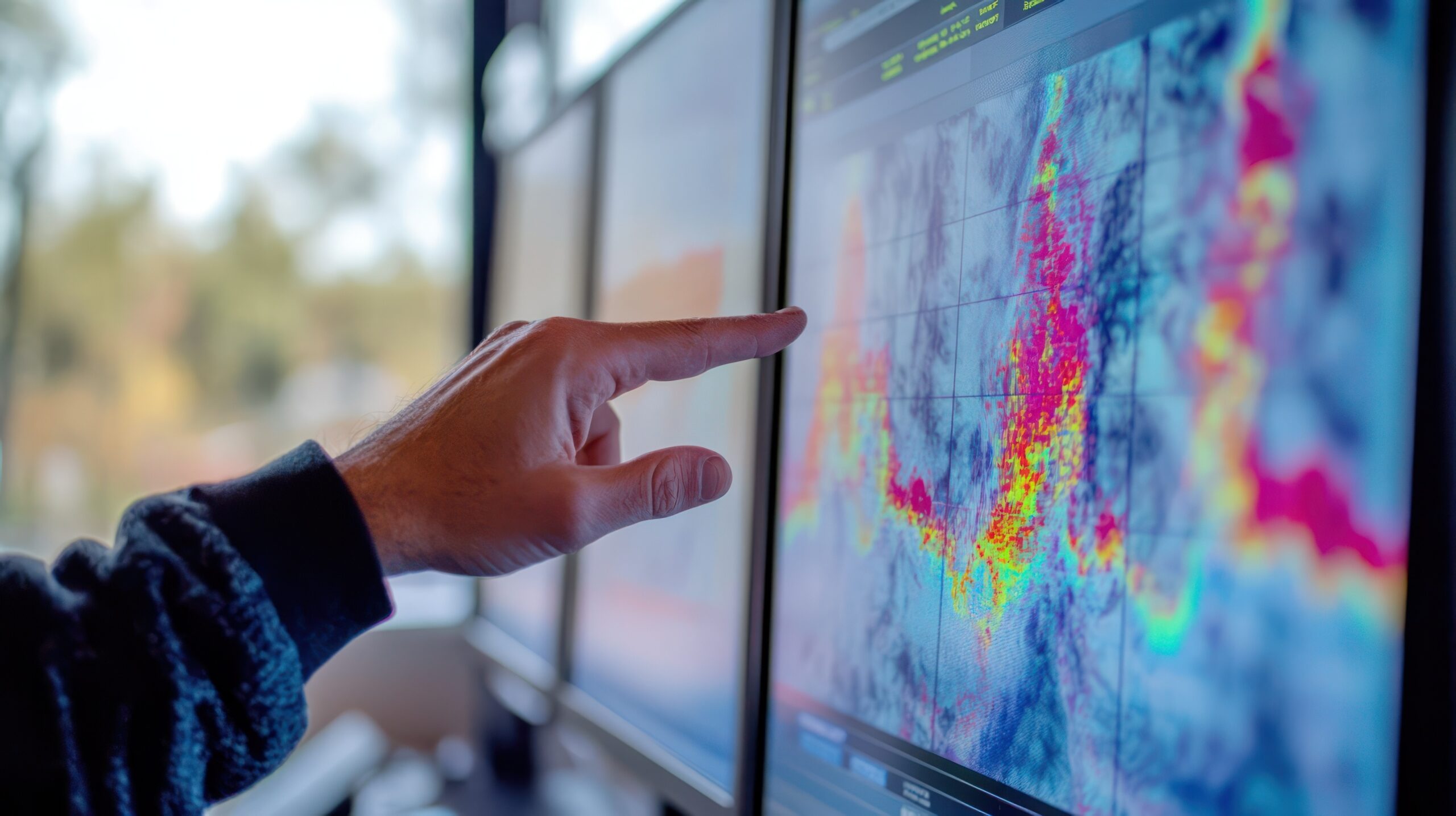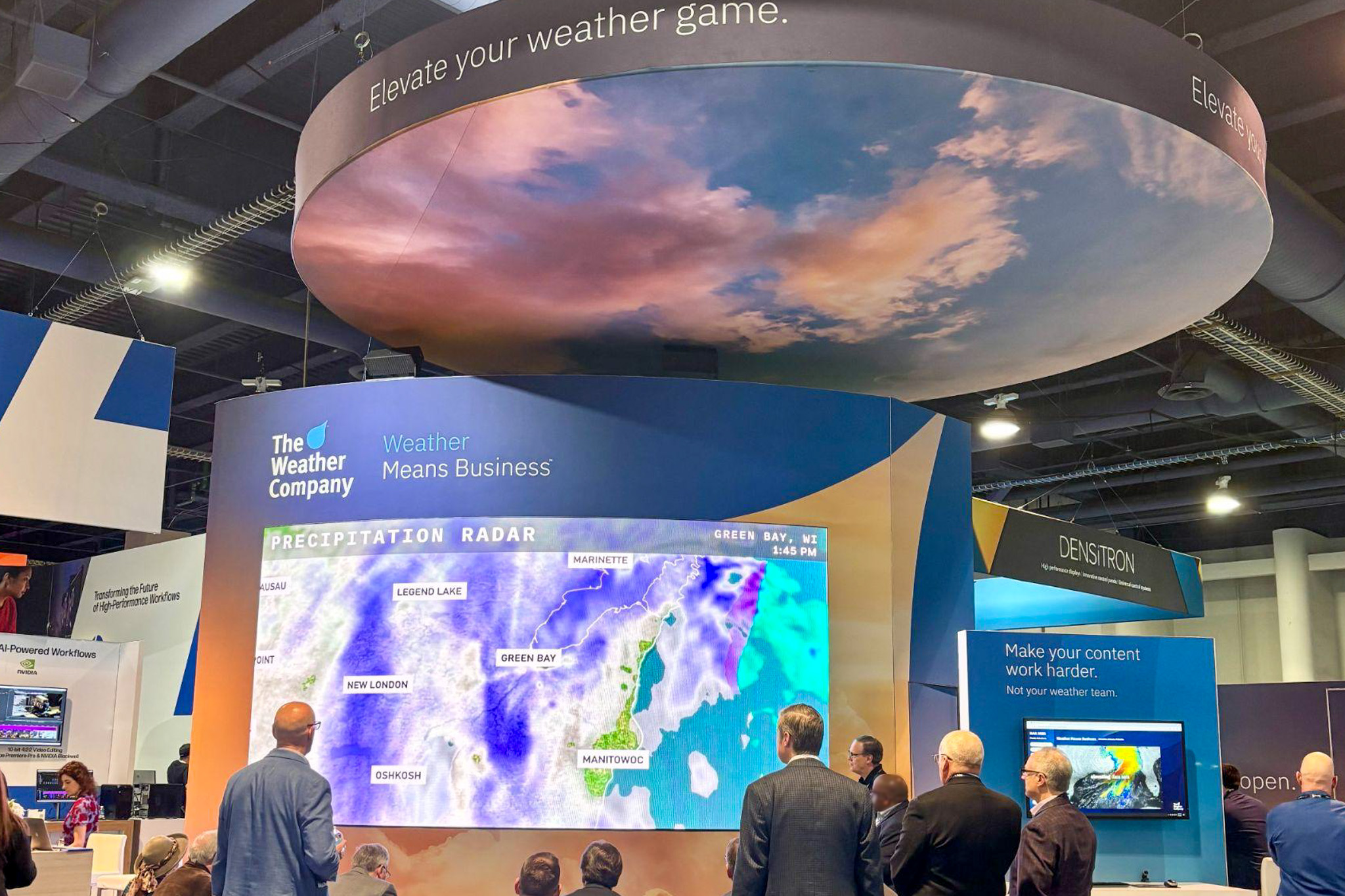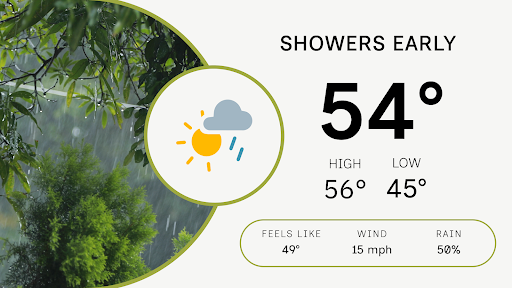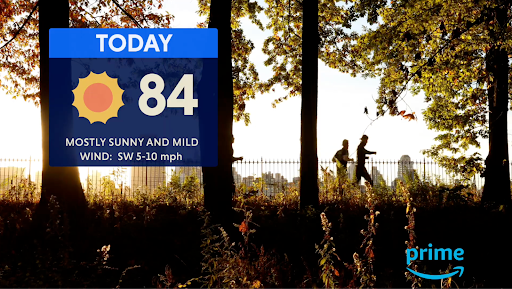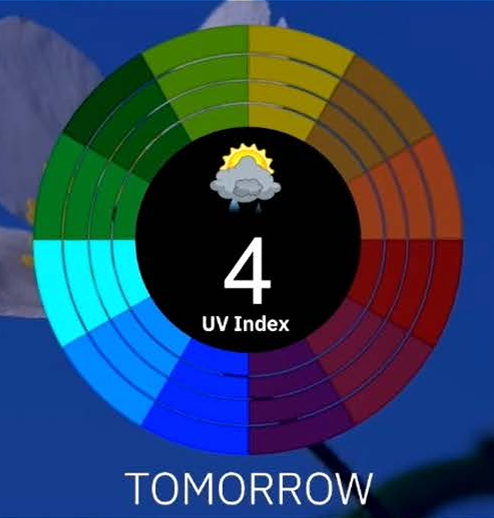Weather intelligence for the future: Crafting a strategic enterprise approach to changing environmental conditions
Continue readingHeat waves. Large storms. Droughts. Recent studies suggest that extreme weather events like these will continue happening more often and with increasing severity.
As extreme events grow in frequency and severity, where will people turn for important information?
Research from Magid and The Weather Company revealed that when severe weather strikes, 38% of people use a mobile app to get information because they see it as quick, convenient and accurate. 37% choose local TV because they view it as a trusted resource that is both more accurate and updated than other sources. Websites and social media followed with 14% and 12%, respectively.*
Best practices for severe weather
Excellence in severe weather coverage is critical for several reasons. Obviously, broadcasters have an inherent responsibility to help keep viewers safe by clearly and accurately sharing information about potentially dangerous weather.
In addition, severe weather coverage may be your best chance to gain viewers. Our study found that weather is the number one reason that people watch a local newscast. When there are no severe conditions, viewers are far more likely to use a mobile app (51%) than a local TV newscast (24%) to get weather information.
However, 50% of viewers don’t necessarily have a “preferred weathercast,” meaning that half your available audience during extreme weather is open to trying a different station.
Following these best practices can help your severe weather coverage rise above the competition and increase viewership in these moments of both responsibility and opportunity.
1. Get to air faster with automated alerts
Overcome the perception that mobile apps are quicker by being first to air with crucial and potentially life-saving information as soon as it happens.
Implement a severe-weather alerting system that automatically triggers messages across the bottom of the screen when severe weather conditions occur. However, you should also ensure that you aren’t sacrificing speed for accuracy.
2. Create easy-to-understand graphics and presentations
Our research found that viewers want simple, uncomplicated explanations about why certain weather events are happening and how conditions are changing. This includes better and easier-to-understand weather maps and graphics, especially during severe weather.
Along the same lines, survey respondents said they want weathercasts to stop using confusing presentations.
3. Focus on key insights and takeaways
Ensure that your weathercast is focused solely on what’s important to the people watching. Respondents said that they want the weathercast to help them prepare for what’s coming based on where they live.
Viewers also said they’re tired of “unnecessary chit-chat” and would instead prefer more “weather news.”
4. Keep viewers informed across channels
Severe weather is clearly a catalyst that causes many viewers to count on the local TV weathercast when they would otherwise likely get their weather information from an app.
Your station should be the source for both by creating a mobile experience that complements and extends your on-air severe weather coverage. This can include interactive features like a QR code driving viewers to get more information on their app and additional video content that features your trusted on-air personalities, takes advantage of your local expertise and maintains your station branding.
5. Enable remote accessibility
Severe weather doesn’t always happen when we’re ready. But meteorologists no longer need to be at the station to create and deliver high-quality weathercasts.
Implement remote broadcast video production tools that are based in the cloud and allow meteorologists to log in from anywhere with an internet connection to view the current situation, choose trigger conditions and control the output to viewers.
If a station goes off-air due to inclement weather or power outages, these cloud-based production tools can empower your teams—or even those at sister stations—to still provide critical updates to viewers without much interruption.
Explore Max products
Max solutions from The Weather Company are designed to help you deliver faster, more accurate and more engaging weather forecasts to viewers. Backed by data from the world’s most accurate forecaster overall,** these products can help you stand out from the competition and increase viewership during times of severe weather.
Our on-air alerting solution, Max Alert Live, enables stations to more rapidly broadcast severe weather news with customizable automated alerts. Using a direct integration with the National Weather Service, Max Alert Live automatically triggers messages that scroll across the bottom of your presentation when predetermined weather conditions occur.
This cloud-based solution also allows meteorologists to log in from virtually anywhere to view the current situation, choose trigger conditions, create graphics and decide where to send information.
For digital alerts, Max Engage automatically creates and distributes weather and traffic alerts and videos to impacted users when predetermined thresholds are met. Stations can feature your trusted on-screen talent in both audio and video content to provide relevant local context, such as how weather or traffic may affect upcoming events in the area.
Let's talk
To learn more about our professional weather and traffic software solutions for the media industry, contact our media experts today.
Contact us* Research conducted by Magid, commissioned by The Weather Company; online survey conducted in May 2022 of 600 weather-information consumers; results published internally.
** Global and Regional Weather Forecast Accuracy Overview, 2017-2022, ForecastWatch, commissioned by The Weather Company.

